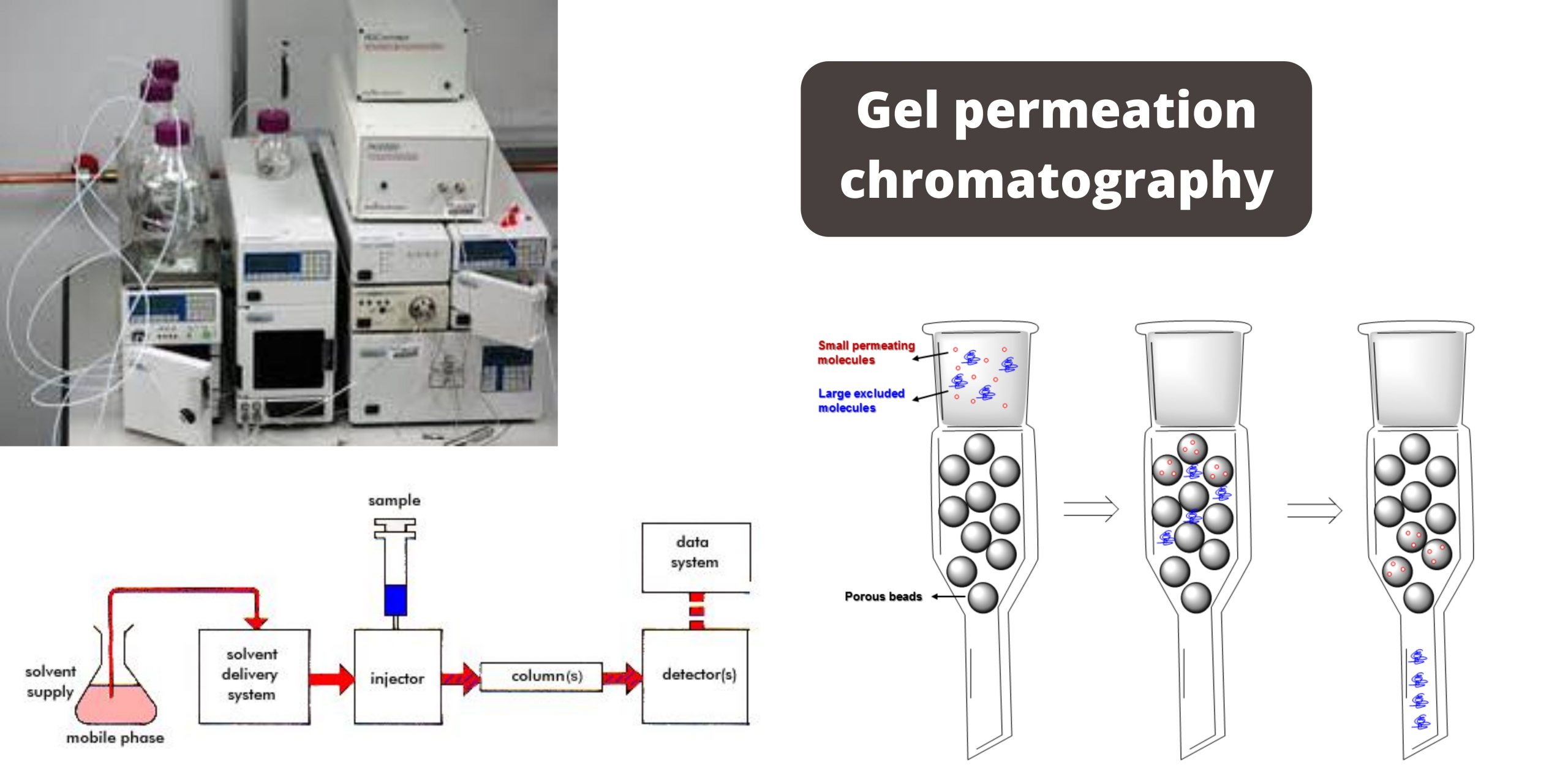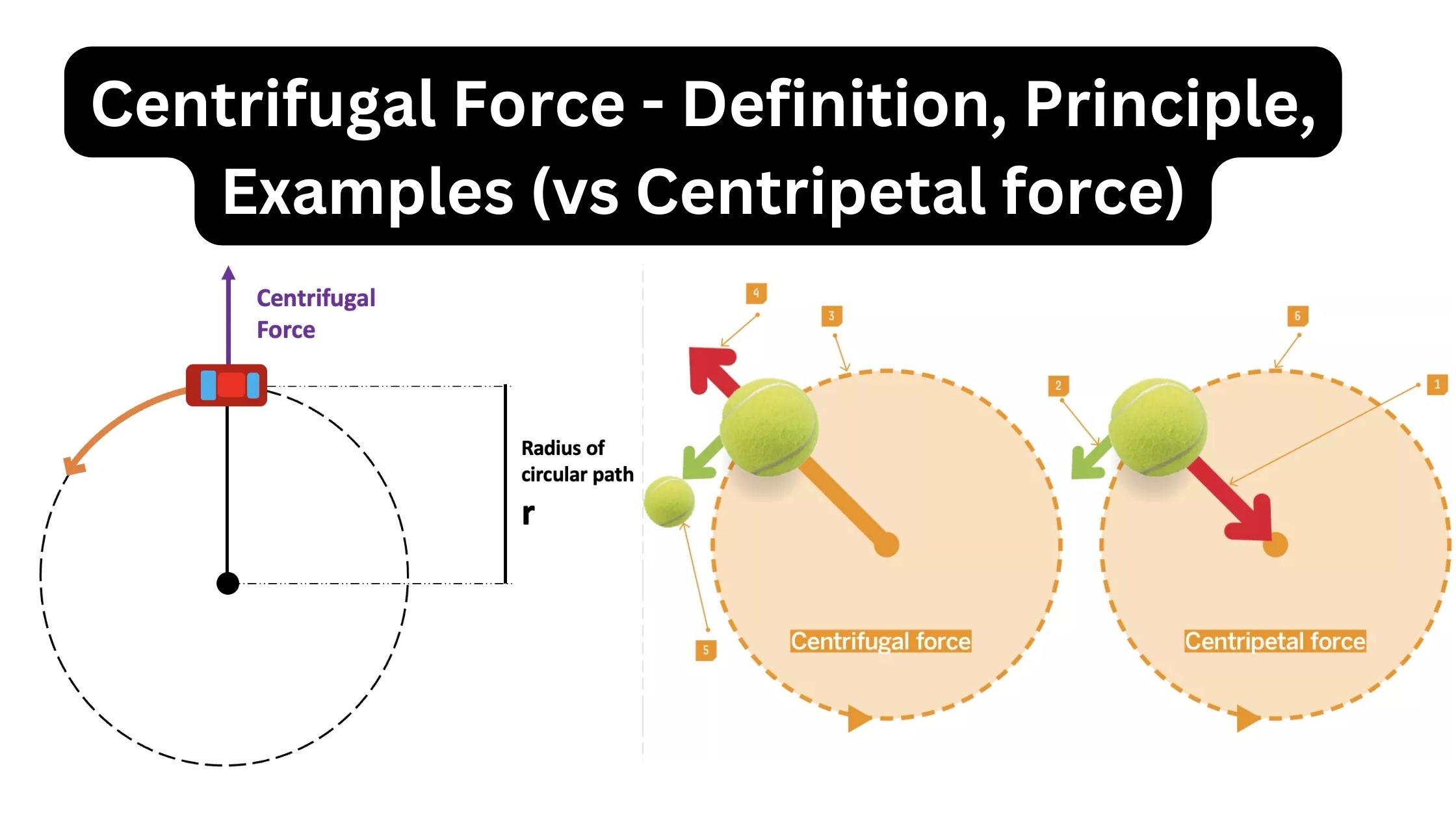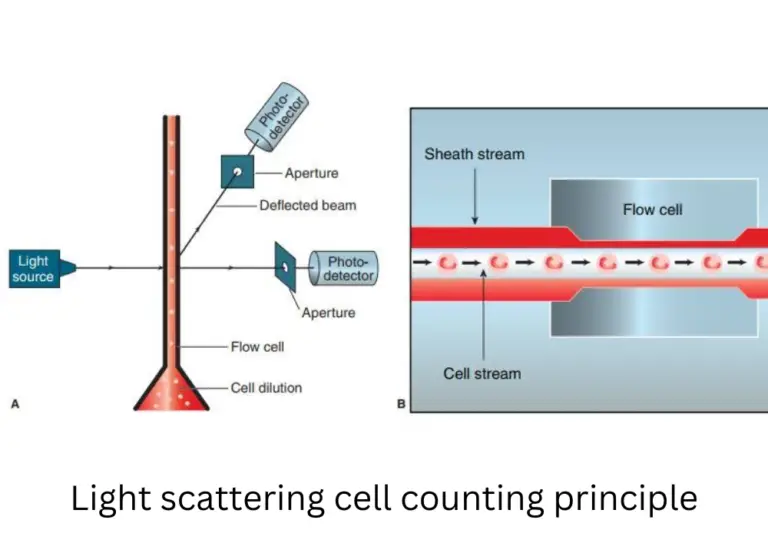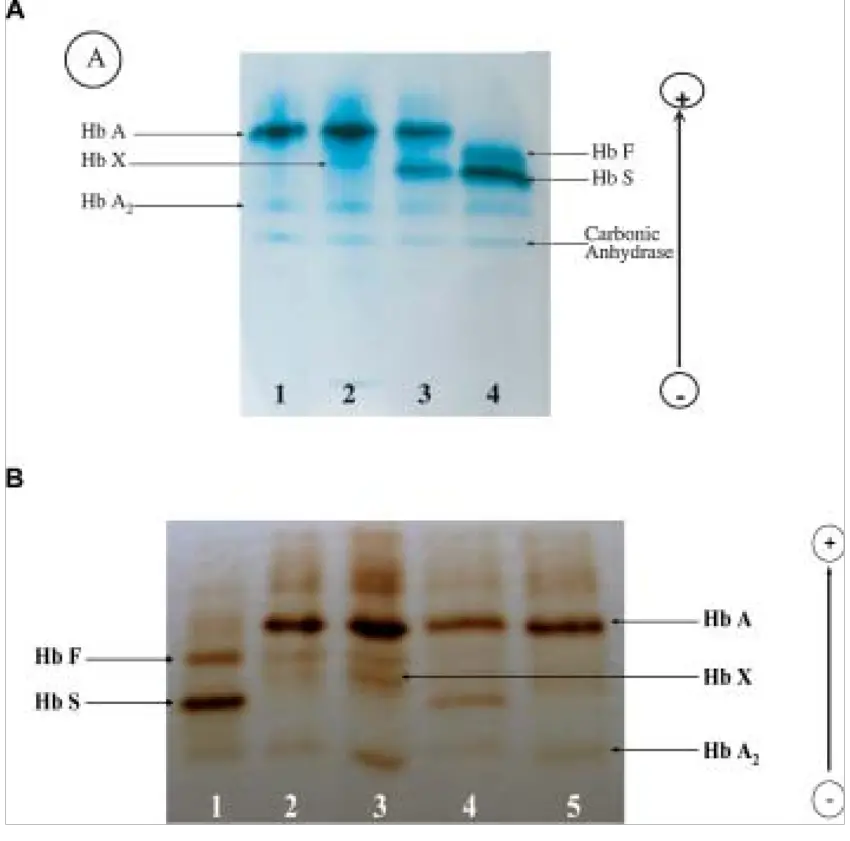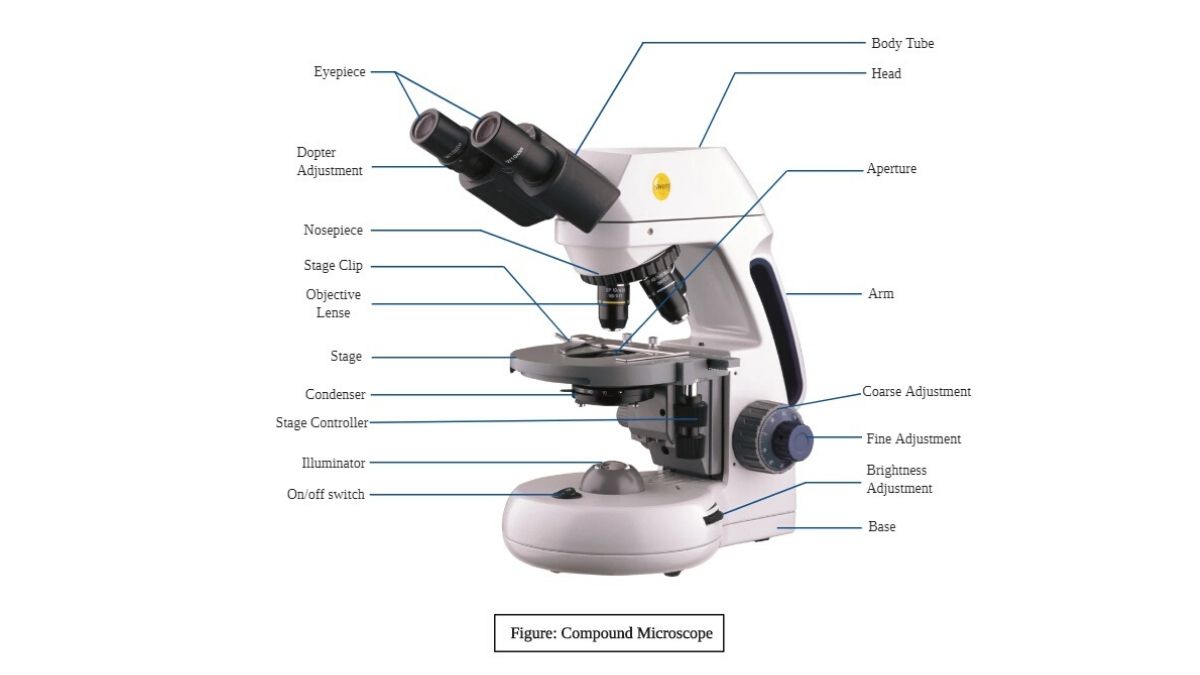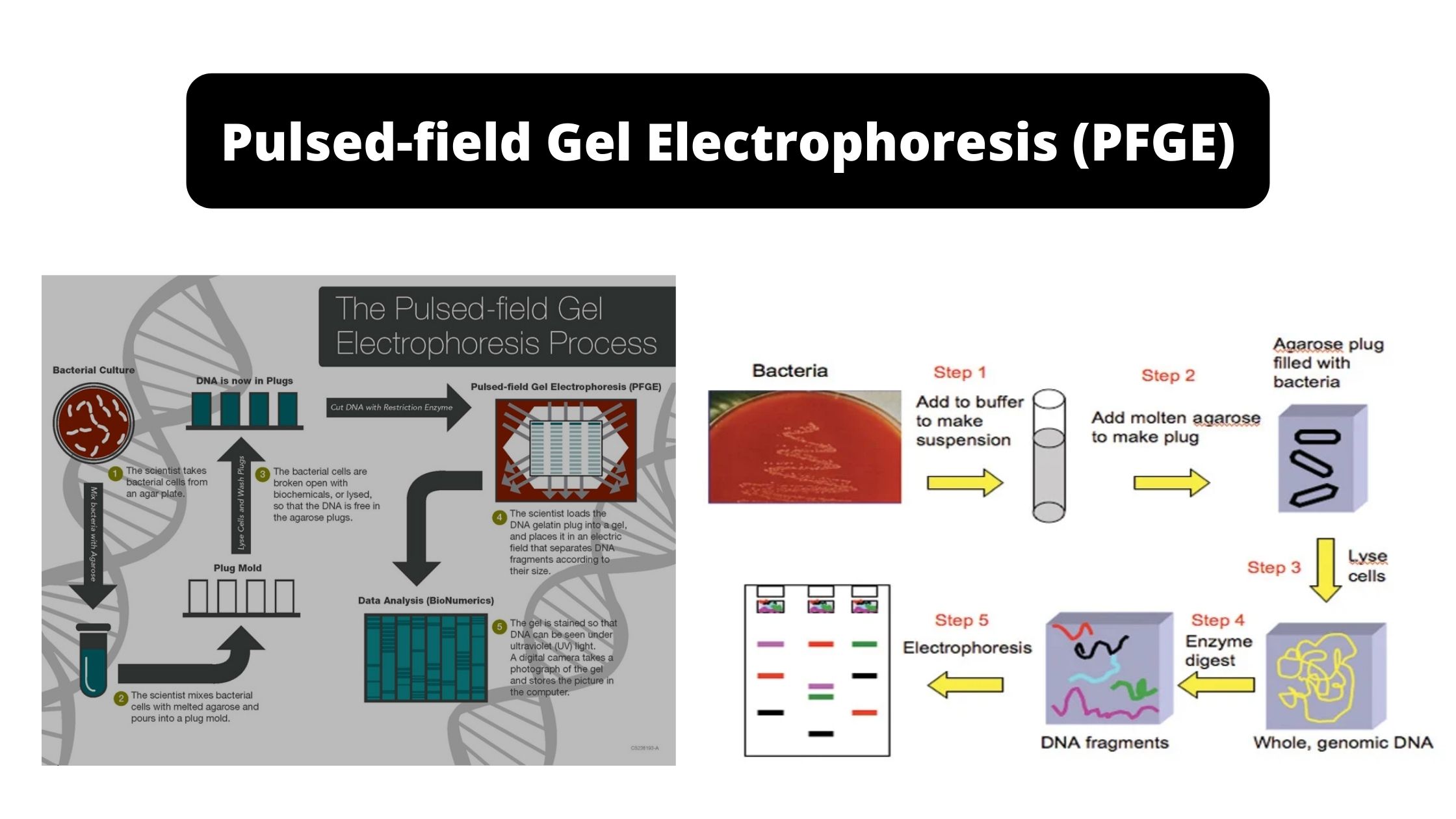Gel Permeation Chromatography – Definition, Principle, Parts, Steps, Applications
What is Gel Permeation Chromatography? Gel Permeation Chromatography Principle Instrumentation of Gel Permeation Chromatography 1. Stationary Phase –It composed of semi-permeable and porous polymer gel beads having defined pore size ranges. The stationary phase must be chemically inert and mechanically strong so it not collapse under pressure. A uniform particle and pore size is desired … Read more
